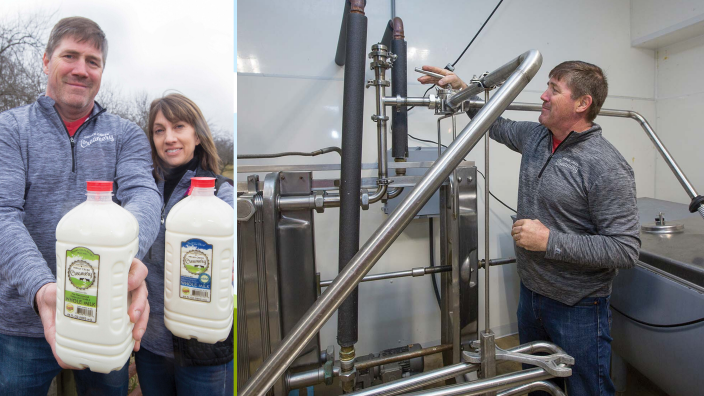Farmer’s Guide to Trucking Regulations available to Ohio Farm Bureau members
The guide includes a farm driver checklist, overview of state and federal regulations and exemptions, CDL qualifications and more.
Read More
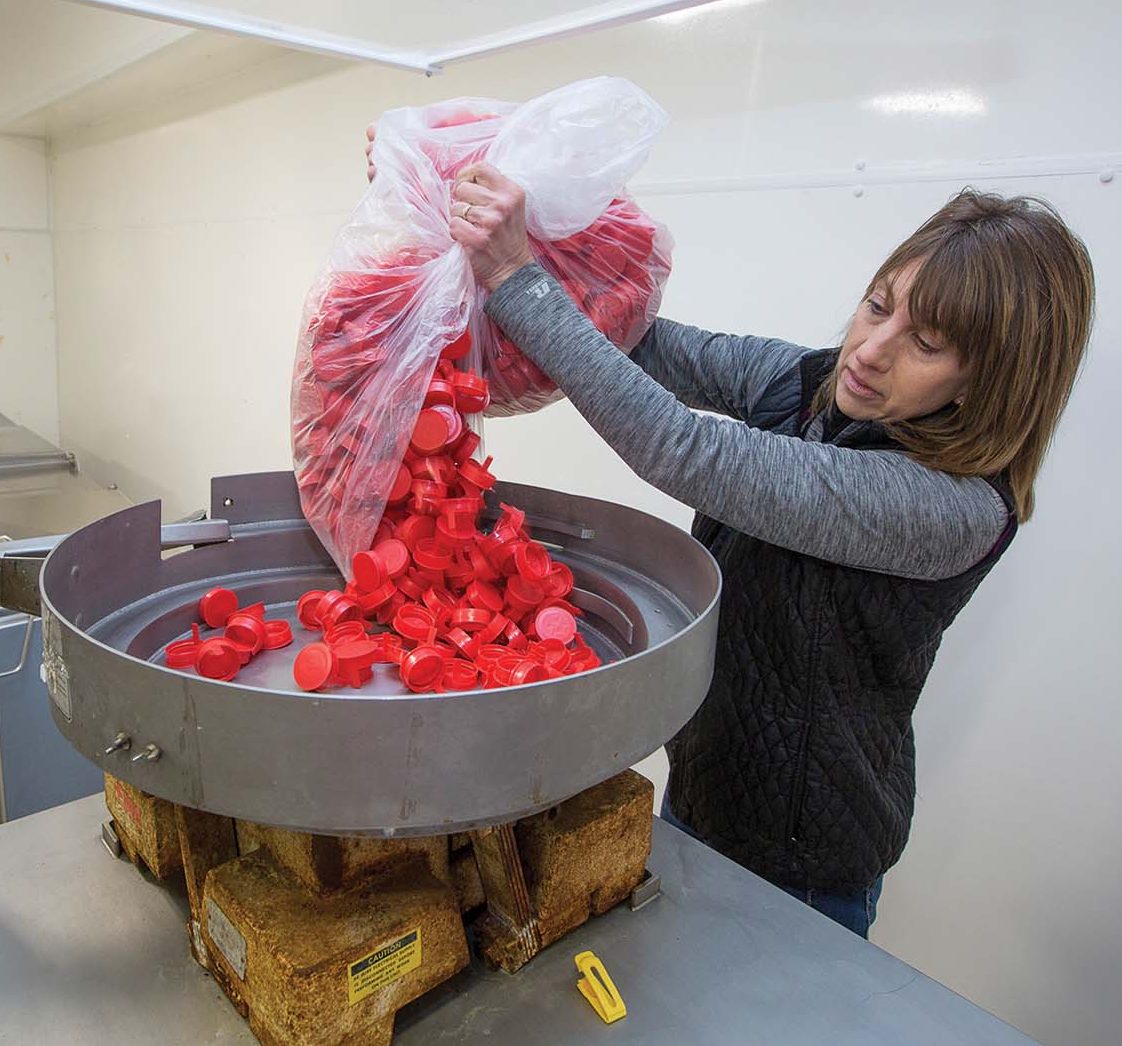
Ray Jackson realized it when he looked at his Logan County farm’s numbers and saw that 2014 was the last time his 70-head dairy herd made any money. And he realized it every day when he visited struggling dairy farms through his off-farm job with an artificial insemination company.
Henry County row crop farmer Rick Fruth realized it when he simply had too much work for one guy to handle. “I was too small to be big and too big to be small.”
Something had to change.
Across commodities, across every farm size and all across the Buckeye State, farmers are struggling — trying to figure out what it will take to stay in the game. They can’t ignore the trends: farmers are getting older, labor is getting harder to find, the percentage of U.S. ag production shifting to larger farms is increasing and margins are tighter.
And there are also off-farm trends affecting Ohio farmers: automation and technology, rapid advances in both livestock and plant genetics, urbanization and an exploding global population, consolidation of ag-related companies and climate shifts or environmental regulations.
It’s enough to make your head spin or give up and say, “I’ll just keep doing what I’m doing.”
But you can’t, says Brett Sciotto, CEO of Aimpoint Research.
“A lot of farms aren’t adapting fast enough,” said Sciotto, who has been working with the Ohio Farm Bureau and studying agriculture for more than 20 years.
Before he started his strategic intelligence firm, Sciotto was an analyst with the U.S. Army, embracing the military intelligence branch motto: “Always Out Front.” He brings that “information is power” mindset to his work with agriculture, analyzing trends and surveys, conducting farmer focus groups and convening ag representatives for wargaming exercises.
“Agriculture is important economically, but very important from a national security standpoint,” Sciotto said. “I recognized quickly that the character of the industry was similar to the military, and I found a second home in agriculture. It became a quick passion to provide farmers and ag leaders with the best intelligence.”
His team has identified the characteristics that define successful farmers — and who is likely to be farming in 2040, which is only a short 20 years from now. Bottom line? It’s not the external factors that will dictate your success, it’s you — your business savvy, your willingness to change and your belief that you CAN succeed.
“In Ohio, there are many examples of farmers who are challenging conventional wisdom and adapting and evolving to shape the industry and their operations,” Sciotto said.
Ray Jackson and his wife, Colleen, flipped their dairy farm into a new direction following a family meeting a couple years ago at a local Chinese restaurant. The couple laid out all the options to their four children, who were in their teens and early 20s. Things aren’t good, they told them. We can sell the cows or we can explore a way to cut out the middleman and make a dairy product to sell directly to consumers.
“Dairy farming is hard, but it’s a way of life we know and love,” said Colleen Jackson. “It’s hard to say this isn’t working anymore.”
The Jackson family consensus was “let’s try to do something,” and Ray’s research brought them to the concept of flash pasteurizing and bottling their own milk. The milk is pasteurized at an extremely high temperature for a short time (a process known in the industry as HTST), then bottled. The milk isn’t homogenized, so it maintains the cream content that rises to the top of the bottle.
They discovered a stainless steel unit from a defunct creamery in upstate New York was sitting unused on a farm right there in Logan County, so over the next two years, they sold off a two-acre parcel on their farm for cash flow, used their credit cards, then refinanced the whole farm to build their new business — Indian Creek Creamery. They moved the processing and bottling line to an empty fruit packing shed that sits across the road from their house and barn and refurbished the entire milk plant, working with the Ohio Department of Agriculture to understand and meet specifications and regulations governing their new endeavor. Colleen became licensed to test and weigh the milk samples for quality, they researched BPA-free plastic jugs, labels and marketing, and Ray hit the road to develop a market with food-service vendors like restaurants and coffee shops (there’s a lot of milk in those lattes).
The first run of 83 half-gallon jugs came off the line in February 2019, and in the first year, they have grown to a once-a-week run of 1,000 bottles, using a single day’s milk production from their Holstein herd. The rest of their milk is shipped to Pearl Valley Cheese.
They also bottle an A2, or premium milk, which is milk with only the A2 beta-casein protein. Most cow’s milk contains both A1 and A2 beta-casein proteins, and there are claims that A2 milk is easier to digest. The Jacksons have been breeding for the A2 gene for about five years and have genetically tested their cows for the gene. They keep milk from their A2/A2 cows in a second bulk tank and bottle it separately for a premium product.
In addition to sales to restaurants and food stores, Indian Creek Creamery milk is also distributed through an online home grocery delivery service called Market Wagon, which connects farmers to consumers interested in local foods. Through Market Wagon, Indian Creek milk is available in the Cincinnati-Dayton area and more recently in the Columbus area.
“No one else is doing it like this,” Ray said. “Here’s our opportunity; it’s either do or die.”
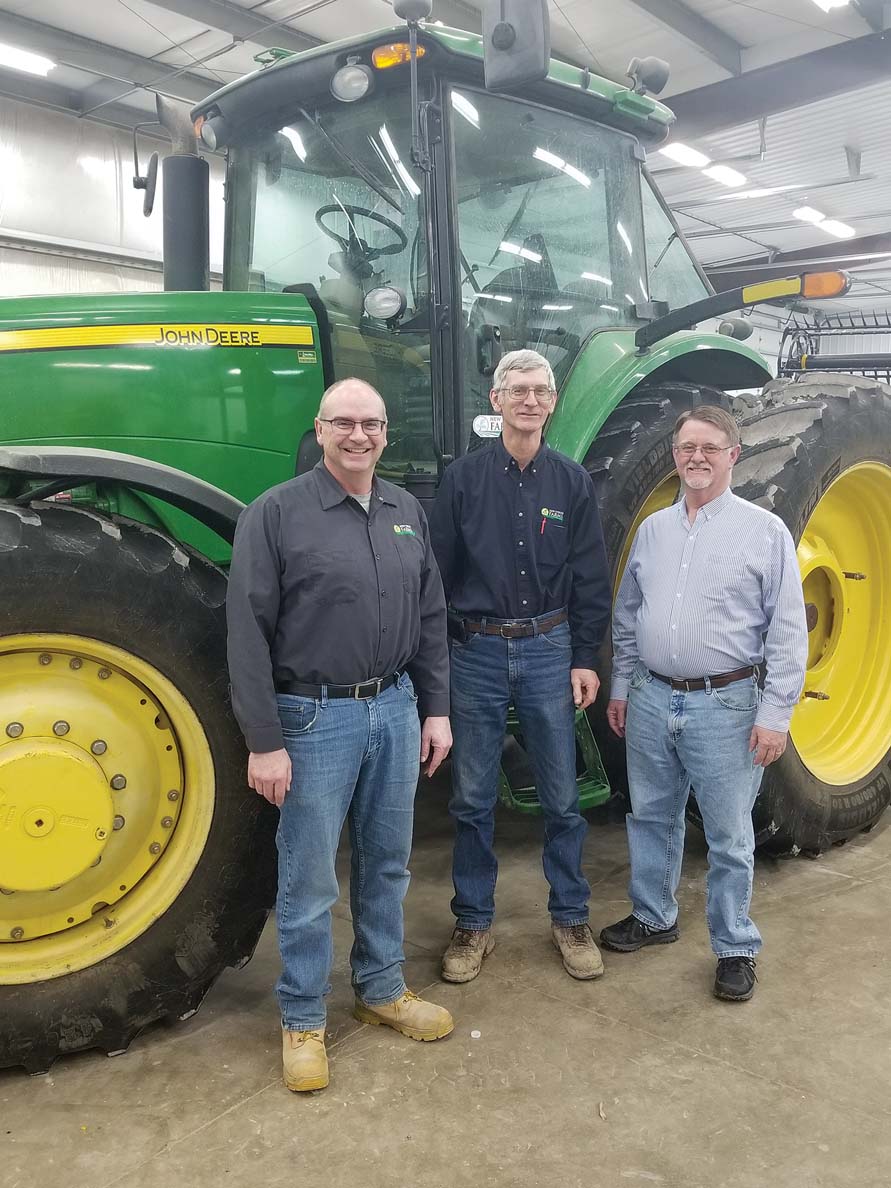
Rick Fruth had no illusions about the challenges facing his farm. He had started farming full-time with his father in 1977, and together they grew to about 1,600 acres in the far northwest corner of Ohio. Then, in the mid-1990s, when he was in his 40s, Fruth wondered if he could form an alliance of some sort with another like-minded farmer to create an operation that could aggregate capital and take advantage of economies of scale.
“I was doing soul searching about my future and the future of the industry,” Fruth recalls now. “This industry has been consolidating for as long as I’ve been in it, and it’s probably going to continue to consolidate for a long time after I’ve gone.”
He knew he probably needed to get bigger, but hated to bid against neighbors for land and disrupt the fabric of the farming neighborhood. “I was struggling with how to cope with that.”
Mark Schwiebert farms seven miles from Fruth, and Fruth knew Mark was a good manager, so in the early 2000s, he approached him with an idea: Fruth needed more acres for a popcorn contract, so could they swap some ground for that year’s crops? The gentlemen’s agreement continued and expanded over the next few years, as the two farmers shared equipment, acres and labor. Around 2007, they crafted a general business partnership, Fruth-Schwiebert Enterprises.
The deliberate and slow development of the partnership gave them time to think — and talk — about all the ways it could go wrong, so they could work to avoid the pitfalls. “We felt we needed to be comfortable and confident with each other,” Schwiebert said.
One of the big hurdles was whose acres will be first to get planted (or sprayed or harvested or scouted…). The agreement specifies individual partners benefit from all acres, based on the percentage of acres owned. That way each landowner is pulling for the greater good, not just his acreage.
In 2009, Fruth-Schwiebert Enterprises started working with another Henry County farmer, Rob Rettig, who was growing 3,500 acres of wheat, green beans, soybeans, field corn and popcorn. By 2013, they were operating as an informal joint venture between the two operations under the name New Vision Farms, and legally merged in 2016.
Today, New Vision Farms covers 7,500 acres of rented and owned ground, with primary crops of popcorn, soybeans, wheat and fresh market green beans. Most of the acres have some component of value-added — the fresh green beans are sold under various store private labels; Identity Preserved (IP) seed soybeans or food grade soybeans for export; specialty or IP wheat for seed or a specific milling end use. IP crops have defined attributes that buyers want.
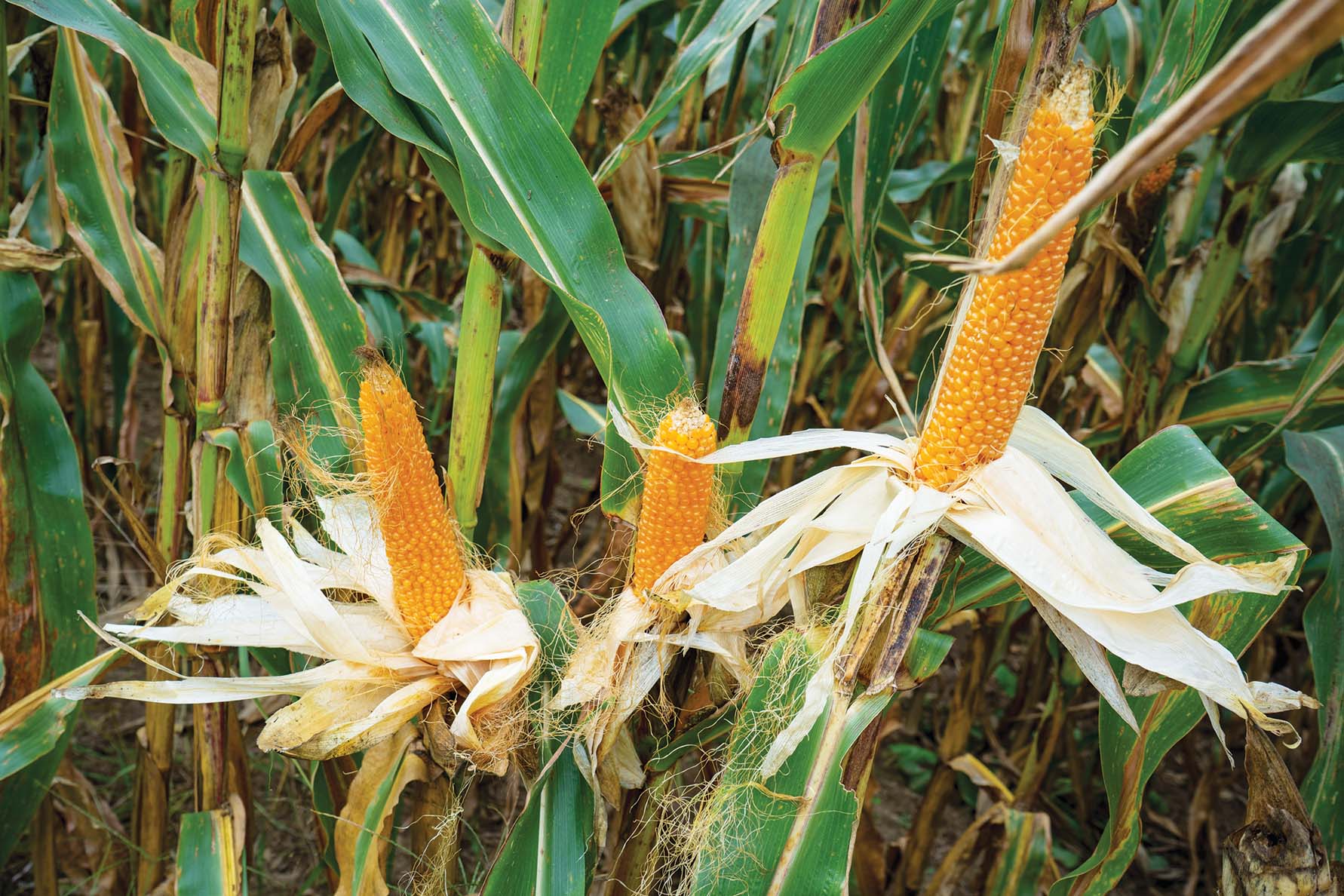
One of the benefits is the three main partners have management roles that match their skills: Fruth, 64, who went to night school in the 1990s to obtain an MBA, serves as chief financial officer; Rettig, 58, is the farm’s CEO and only one of the three to be employed full-time by New Vision Farms; and Schwiebert, 62, who also maintains a separate farm tile drainage business that his father started in the 1950s, leads the farm in the soils arena and also as a primary equipment operator and trainer.
“Instead of being a jack-of-all-trades and doing as best as you could, now we can specialize,” Rettig said. “We really don’t want to let each other down.”
Aimpoint Research’s Farmer of the Future research spotlighted a key characteristic of farmers likely to overcome the churning ag conditions: business know-how. The “Independent Elites” and “Enterprising Business Builders” segments describe farmers who emphasize business management and practices.
That’s something the partners at New Vision Farms feel to their very cores.
“The demands on the business side of farming continue to grow,” Schwiebert said. “The folks who don’t want to change are just going to be at a disadvantage.”
Farming in the future is going to be dominated by folks who can manage the financial risk and the technological advancements, he added, and that means learning yourself or surrounding yourself with people who have higher level skills in those arenas.
Although the age-old mindset that “farming is a way of life” is still true, Sciotto says the next generation of farmers sees it as a business and separately from the lifestyle, a separation top farmers also recognize. “They embrace both, but see the firewall,” he added.
While many farmers wonder when the current ag upheaval will end, Aimpoint Research’s Sciotto predicts this business climate is the new normal for farmers.
“I don’t know that this disruption will end,” he said. “It will only accelerate over the next two decades.”
The size and scale of farms will continue to increase, technology will continue to empower farmers to do things they couldn’t do before and they’ll be able to respond more quickly to consumer desires, Sciotto said.
There will always be uncertainty about the future, but there are ways to prepare for it by using data-driven signals and trends. And failing to track those trends will put each farm’s competitive advantage, growth and survival at risk. Take an intelligence-based view of probable trends, Sciotto said, but stay vigilant.
“The change of pace outside of agriculture is faster than it is inside,” he added. “We have to have hard conversations and be willing and able to transform faster than we’re doing today.”
Featured Images: (left) Ray and Colleen Jackson hold their Grade A non-homogenized whole milk and A2 milk products. A2 milk can be enjoyed by individuals with certain milk sensitivities. (right) Ray Jackson adjusts a valve to direct the flow of milk through the HTST pasteurizer.
Photos by Dave Liggett


The guide includes a farm driver checklist, overview of state and federal regulations and exemptions, CDL qualifications and more.
Read More


Mary Klopfenstein of Delphos has been named Young Ag Professional and Ag Literacy Program Specialist for Ohio Farm Bureau.
Read More

The plan has been updated to give sole proprietors access to more rate stability and a smart solution that offers potential savings on health care.
Read More

The American Farm Bureau Federation, in partnership with Farm Credit, is seeking entrepreneurs to apply online by June 15 for the 2025 Farm Bureau Ag Innovation Challenge.
Read More

Adele Flynn of Wellington has been elected treasurer of the Ohio Farm Bureau Federation and now holds the third highest elected office in Ohio’s largest and most influential farm organization.
Read More

Producers are urged to work with their veterinarian to practice enhanced biosecurity measures and review and limit cattle movements within production systems.
Read More

The changing seasons bring with them the need to thoroughly inspect pole barns for any damages that may have occurred during the winter months.
Read More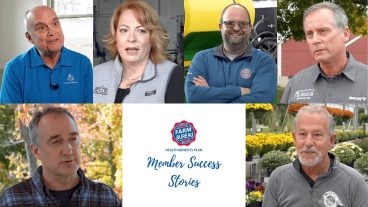
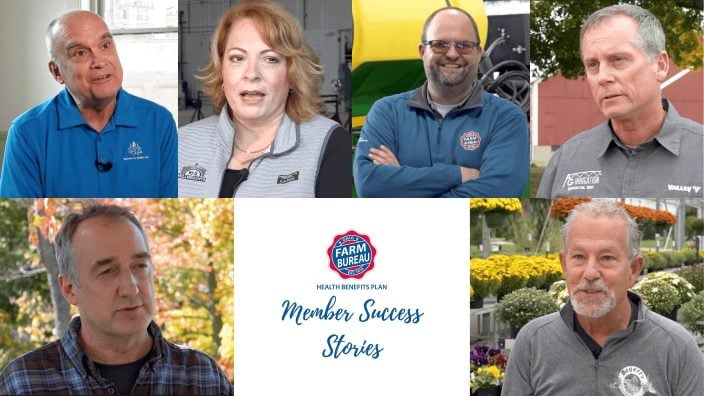
Hundreds of Ohio businesses and sole proprietors are raving about Ohio Farm Bureau’s Health Benefits plan with lower, predictable costs and easy enrollment and administration options.
Read More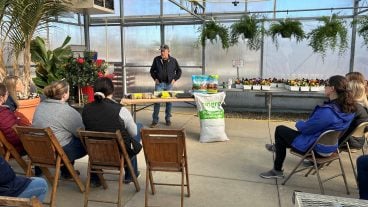
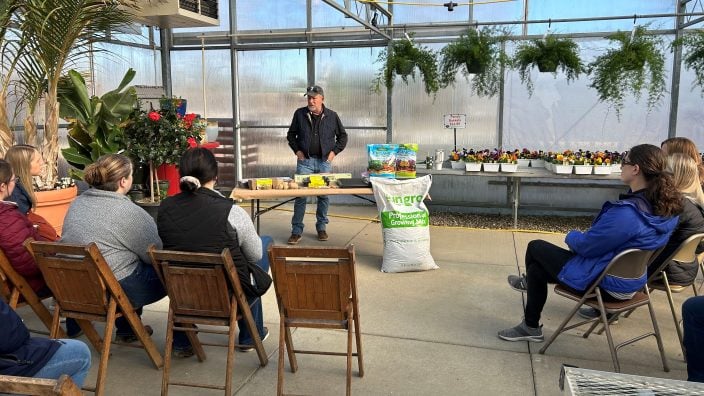
AgriPOWER Class XIV spent a few days in March in Medina and Wayne counties learning more about northern Ohio agriculture from leaders in Ohio Farm Bureau.
Read More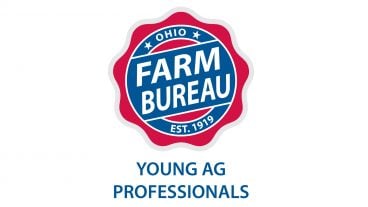
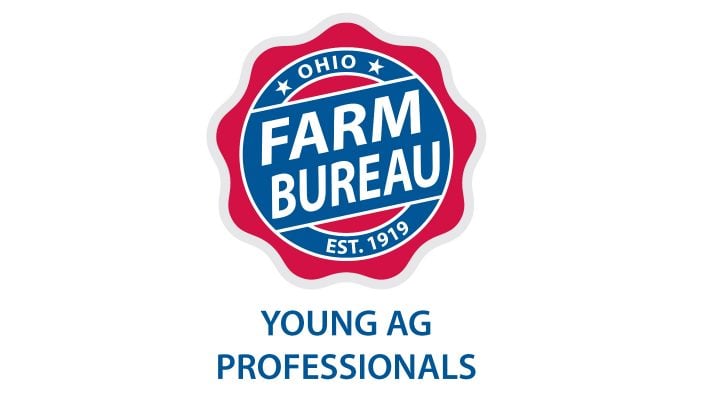
Leading Ohio Farm Bureau’s 2024 YAP State Committee are Luke and Kayla Durbin of Coshocton County, Tim and Sarah Terrill of Montgomery County and Carly Fitz of Perry County.
Read More